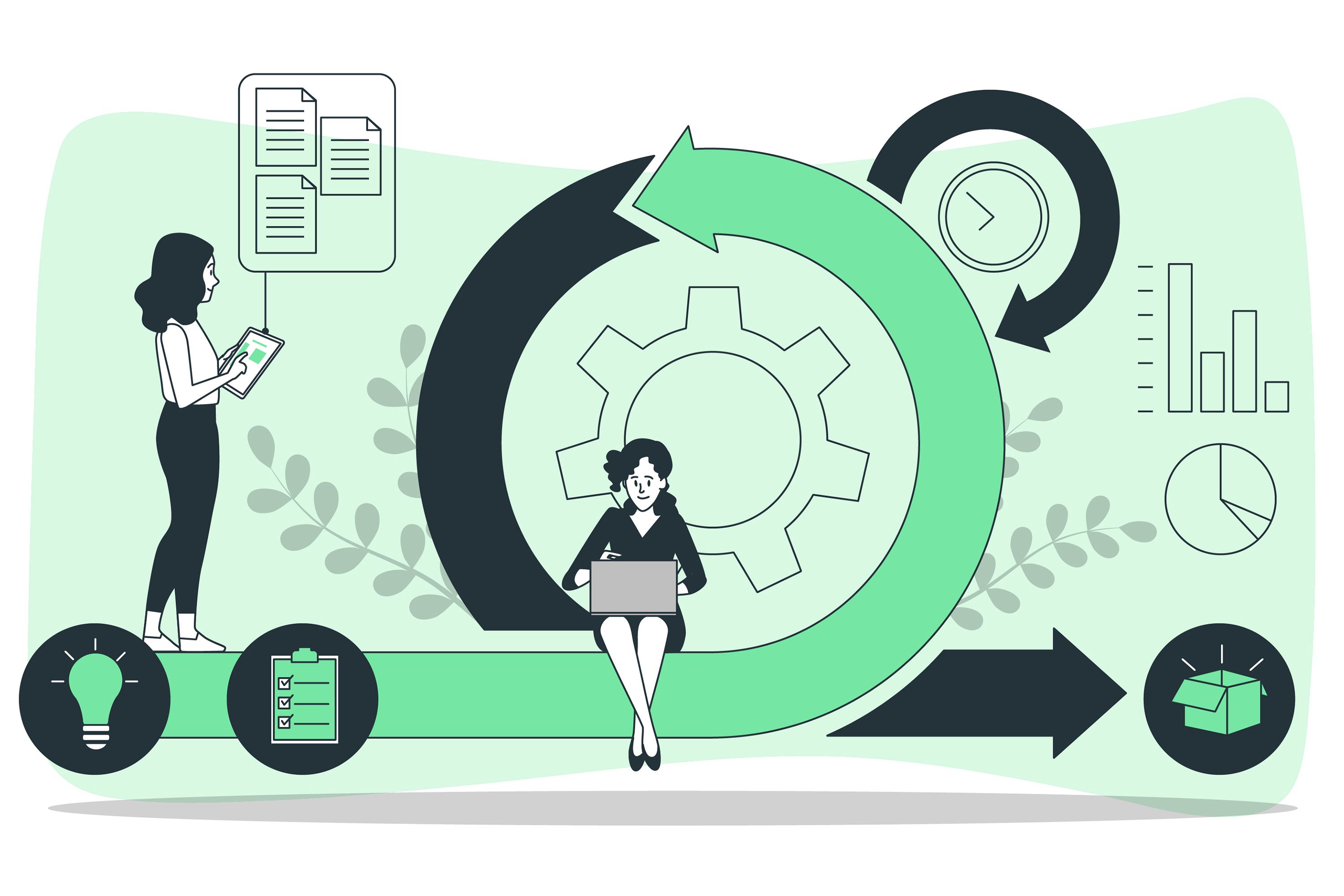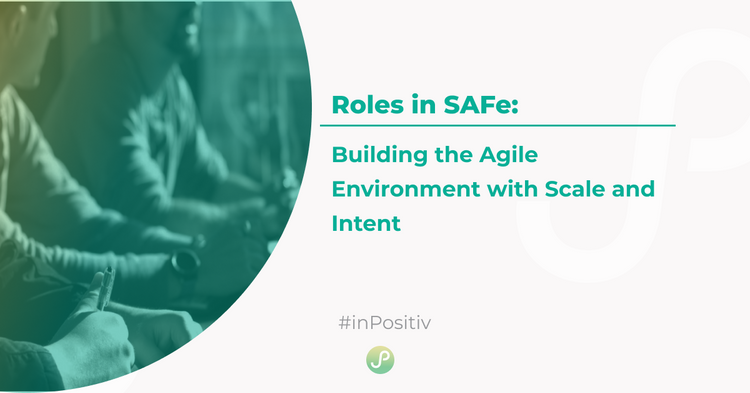
SAFe Enablers Explained | Architecture, Infrastructure & More
Explore the types of scaled agile framework enablers such as security, quality, and people enablers. Get insights to enhance your agile processes.
November 4, 2023
The SAFe Agile Framework is a potent methodology that enables organisations to scale their business agility by implementing scaled agile practices. Developed by Scaled Agile, this framework provides a structured and disciplined approach to managing large-scale agile projects, allowing businesses to achieve faster time-to-market, improved quality, and increased customer satisfaction. In this article, we will explore the Foundation and key levels of the SAFe Agile Framework, and how it can transform the way businesses operate in today's rapidly changing market.
SAFe, or Scaled Agile Framework, is a comprehensive approach to scaling Agile practices within an organisation. It provides guidance on how to coordinate and synchronise the work of multiple Agile teams, allowing for the successful delivery of large-scale software and systems. SAFe enables organisations to achieve business agility by aligning strategy, execution, and solutions across all levels of the enterprise.
The SAFe Agile Framework is widely used in organisations due to its ability to scale Agile practices across multiple teams, departments, and even entire enterprises. It provides a structured and standardised approach to Agile development, allowing for increased efficiency and collaboration among teams. SAFe also promotes alignment and synchronisation of work, enabling organisations to deliver value in a timely manner. By adopting SAFe, organisations can better manage dependencies, mitigate risks, and enhance the overall quality of their products or services.
The foundation of the SAFe hierarchy is the Team Level, where agile principles are applied directly to the work of individual teams. These teams typically employ Scrum, Kanban, or a hybrid approach to manage their backlogs and sprints. The focus here is on delivering value through working software or product increments. Each team operates in a series of iterations, delivering tangible results and continuously refining their processes. This level is where the agile transformation begins, emphasizing collaboration, iteration, and feedback.
Ascending one step higher, we reach the Program Level, also known as the ART (Agile Release Train). This level consolidates multiple teams working on the same product or solution into a single stream, facilitating synchronization and alignment. The ART is responsible for planning, executing, and delivering features in a coordinated manner, ensuring that all teams are moving together towards the common goal. It's at this level that SAFe introduces the concept of PI (Program Increment) Planning, a critical event where all team members align on the objectives and deliverables for the next program increment.
The Large Solution Level addresses the complexities of developing large, integrated solutions that require the collaboration of multiple Agile Release Trains (ARTs) and suppliers. This level is tailored for scenarios where the solution is too big to be managed by a single ART. It focuses on coordination and integration, ensuring that all components of the large solution fit together seamlessly and work as intended. The Large Solution Level incorporates additional roles, artifacts, and processes to manage the increased complexity and to facilitate effective communication across all parties involved.
At the pinnacle of the SAFe structure is the Portfolio Level, which focuses on aligning enterprise strategy with execution. This level provides a framework for portfolio strategy, investment funding, and governance across all initiatives. It's concerned with ensuring that the organization's investment in new products, services, and features generates the highest possible value. The Portfolio Level involves identifying and prioritizing Epics (large work items that span multiple ARTs), allocating resources, and monitoring the health and progress of the portfolio.
Deciding when to use the Scaled Agile Framework (SAFe) is a crucial consideration for enterprises aiming to escalate their agility without losing sight of alignment and coordination. The SAFe framework shines especially in environments where traditional agile practices might falter due to scale and complexity.
1. Complexity Escalates: As projects grow in complexity, the need for a more structured approach to manage dependencies and maintain alignment among various teams becomes apparent.
2. Scaling Beyond Single Teams: When your agile practices are maturing beyond single teams and you are looking at a portfolio or programme level of work, SAFe provides the necessary structure and discipline.
3. Cross-Team Coordination: In scenarios requiring seamless coordination across multiple agile teams, SAFe’s Agile Release Trains (ARTs) prove to be invaluable.
4. Enterprise Alignment: Achieving enterprise alignment on vision, strategy, and execution is paramount and SAFe aids in aligning these elements across all levels of the organisation.
5. Regulatory Compliance: In industries where regulatory compliance is non-negotiable, SAFe’s emphasis on built-in quality and governance makes it a prudent choice.

As we navigate the world of Agile methods, we might come across different frameworks, each with its own style and perks. But when we examine the Scaled Agile Framework (SAFe), the differences become very clear. SAFe isn't just an extension of basic Agile practices; it orchestrates agility at an enterprise scale.
1. Scalability: Unlike traditional Agile or Scrum, which is more team-centric, SAFe is designed to seamlessly scale agile practices across the enterprise. With its layers, including Essential SAFe, Large Solution SAFe, Portfolio SAFe, and Full SAFe, it provides a structured approach for scaling agile to meet the demands of large organisations.
2. Alignment: SAFe promotes alignment across all levels of an organisation through Agile Release Trains (ARTs) and Value Streams. It ensures that the entire enterprise is moving in harmony towards common goals, a feat often hard to achieve with other agile frameworks.
3. Coordinated Delivery: Through the concept of Agile Release Trains (ARTs), SAFe ensures coordinated delivery across multiple agile teams. This mechanism significantly mitigates the dependencies and integration challenges faced in large-scale projects.
4. Role Clarity: SAFe provides clear role definitions and responsibilities at every level of the framework, creating a clear path of accountability and ensuring that everyone is on the same page, a principle less emphasised in many other agile methodologies.
5. Enterprise Solution Delivery: SAFe addresses the need for an enterprise to deliver solutions, not just projects, encapsulating the bigger picture often missed by other agile methodologies.
In essence, the Scaled Agile Framework (SAFe) serves as a beacon for enterprises navigating the complexities of scaling agile practices, offering a structured yet adaptable approach to achieving business agility. By unpacking SAFe's essence, its application in enterprises, its four operational levels, and its distinction from other agile methodologies, we've illuminated how SAFe harmonizes strategy with execution across organizational hierarchies. This comprehensive framework not only facilitates a smoother transition to agile methodologies for large organizations but also ensures sustained growth, enhanced productivity, and the ability to swiftly respond to market demands, setting SAFe apart as a pivotal strategy for enterprises aiming to thrive in the digital age.
For a partnership that transforms your Agile practices and accelerates your path to business agility, we invite you to reach out. Discover the difference our experienced Agile professionals can make in realising your vision for success.
Bleiben Sie auf dem Laufenden mit allem, was Sie wissen müssen.

Explore the types of scaled agile framework enablers such as security, quality, and people enablers. Get insights to enhance your agile processes.

Learn about the vital roles in the Scaled Agile Framework. Our guide covers Product Owners, Scrum Masters, RTEs, and Agile Team Members. Find out more!

Learn about the SAFe Scaled Agile Framework, including its team, program, large solution, and portfolio levels. Find out why enterprises use SAFe.